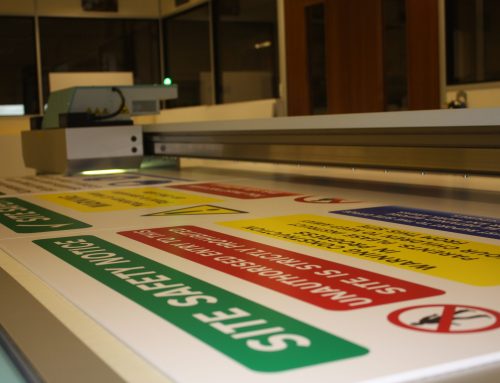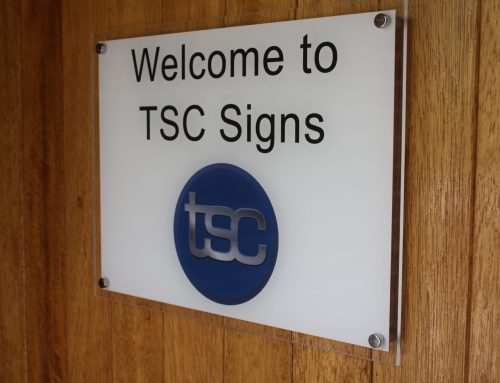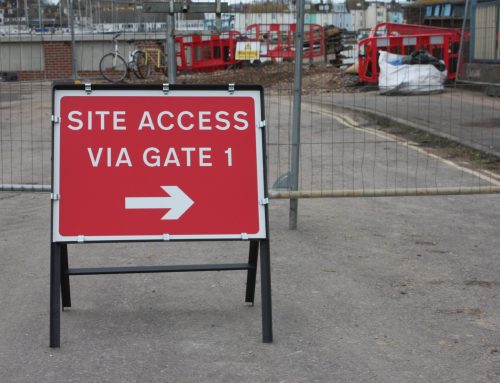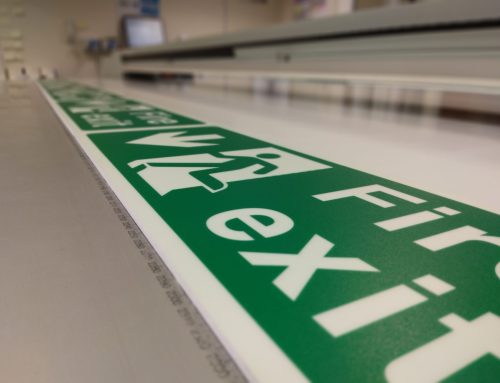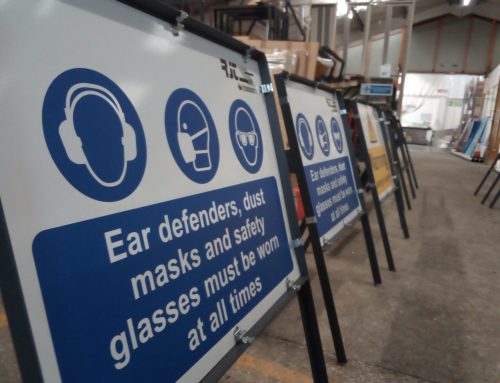Guide to Warning Signs
TSC Signs – Your Specialists in Traffic & Construction Signs
In the third of our series of blogs, TSC Signs explores Warning Signs and there definition, use, size, colour and mounting. The team at TSC Signs has over 30 years of experience in producing traffic signs and can help and guide customers where required.



Warning Signs Definition
A warning sign is a type of sign which indicates:
- a potential hazard
- a danger
- an obstacle
- or condition requiring special attention.

Use of Warning Signs
‘Warning signs are used to alert drivers to potential danger ahead. They indicate a need for special caution by road users and may require a reduction in speed or some other manoeuvre’ – Traffic Signs Manual Chapter 4.
They are used to alert highway, street, or road users to unexpected or dangerous conditions ahead that might call for a reduction of speed, situations that might not be readily apparent, or an action in the interest of safety and efficient traffic operations such as a curve, detour, sideroad, etc
Colour and Shape of Warning Signs
Warning signs are typically triangular, Road signs in the shape of an equilateral triangle are designed to warn you about the road layout or any hazards that lie ahead, such as sharp bends. Most warning signs are triangular however its not exclusive and rectangular warning signs are also used
They almost always have a red border, or an element of red within the signs. However again not exclusively true.
Warning Signs Sizes
Warning signs are normally prescribed in five sizes. All sizes are in millimetres unless stated otherwise. Signs need to be of a size appropriate to the prevailing traffic speed on the road on which they are used, therefore are variable with speed.
On roads with a 30 mph speed limit, the smallest prescribed size of warning triangle (normally 600 mm) is usually adequate. On roads where speeds are higher, signs need to be larger. This enables them to be detected at a greater distance and ensures that drivers have sufficient time to recognise and assimilate the warning and take any necessary action before the hazard is met. The largest signs are for use on motorways or high-speed roads. This table is based upon the 85th percentile approach speed.
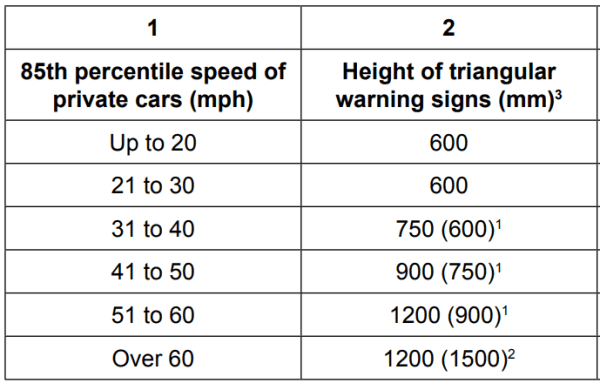
Where should Warning Signs be Mounted and Located

In general, the location of warning signs is determined by Speed of the oncoming traffic the greater the speed of approach, the further in advance of the hazard the sign needs to be placed to ensure efficient respondent time. The table (From Traffic Signs Manual -Chapter 4) sets out recommendations for the distance from the hazard at which a sign should be sited.
Other Key points in the Mounting and locating of Warning signs include:
- If it is impracticable to place a sign within about 10% of the recommended distance, it should be sited further upstream of the hazard at the nearest practicable point.
- Warning signs should normally be placed on the left-hand side of the road, unless stated otherwise in the text
- It might sometimes be appropriate to duplicate warning signs by providing them on each side of the road, as is recommended at the end of a dual carriageway
- The distance which should be kept clear of obstructions to the sight line, whether caused by foliage, other signs or street furniture, is known as the clear visibility distance outlined in the table above
- The normal mounting height measured to the lower edge of a warning sign is between 900 mm and 1500 mm above the carriageway alongside.
- Where signs are erected above footways, or in areas likely or intended to be used by pedestrians (e.g. pedestrian refuges), a minimum headroom of 2300 mm is recommended
- A clearance of 2400 mm should be maintained over a cycle track or shared cycle track/footway
Please contact the TSC Sign Specialists on sales@tsc.uk.net or call 01283 515595 for information


